Is It Worth It?
Review Summary
The AVerMedia Live Gamer 4K 2.1 is a top-tier PCIe capture card, perfect for 4K60 HDR capture with low latency. Ideal for gamers and content creators, it offers smooth recording and streaming. The compact design features customizable RGB lighting and advanced HDMI 2.1 support for high refresh rates and VRR. While it provides exceptional video quality, it requires a PCIe 3.0 or 4.0 slot and may be overkill for users with basic recording needs.
Hours Tested: 4.5
Overall
-
Design - 9/10
9/10
-
Build Quality - 8.5/10
8.5/10
-
Performance - 9/10
9/10
-
Value - 8.5/10
8.5/10
-
Software - 8.5/10
8.5/10
Pros
- High-Quality Capture
- Ease of Use
- Aesthetic Design
- Quality Build
- Exceptional Performance
Cons
- Requirement for PCIe Slot
- Limited Usefulness of RGB Lighting
- Initial Firmware Limitations
- Compatibility with Older Systems
Regarding external and internal capture cards, AVerMedia has a solid track record of creating top-notch products. Once again, the exceptionally talented folks at AVerMedia have developed an innovative PCIe 4K card that claims to take your content production to the next level as someone who just had the chance to try out the Avermedia Live Gamer Ultra 2.1. I am eager to see what the next generation of this capture card has to offer.
Various new noteworthy features are included in the Live Gamer 4K 2.1, particularly for gamers who need the highest possible capture or stream quality. This capture card enters the streaming and capture card market, which is currently experiencing an upward trend of rapid innovation, particularly in response to the needs of high-bitrate sources and state-of-the-art displays when used with platforms such as the PlayStation 5 and Xbox Series X.
The introduction of HDMI 2.1 brought along an extensive range of additional display features that were undersupported by earlier capture cards. To solve this, AVerMedia introduced the Live Gamer 4K 2.1 PCIe capture card. Its ultimate goal is to dominate the market for video game content creation. Although it is promising in theory, I will not be able to evaluate its performance until I put it through rigorous testing. So, let’s dive into it, Shall we?
Key Takeaways
- The AVerMedia Live Gamer 4K 2.1 is a cutting-edge PCIe capture card that supports 4K60 HDR recording and offers ultra-low latency with advanced HDMI 2.1 features. It is ideal for high-end gaming and content creation. Moreover, its sleek, compact design and user-friendly software ensure a seamless and visually appealing setup.
- You should buy the AVerMedia Live Gamer 4K 2.1 if you seek top-tier 4K HDR capture capabilities and demand low latency performance for seamless streaming. Additionally, it has a compact design and advanced HDMI 2.1 features that are crucial for enhancing your gaming setup.
- You should not buy the AVerMedia Live Gamer 4K 2.1 if your system lacks PCIe 3.0 or 4.0 slots necessary for compatibility or if budget constraints limit investment in the latest capture technology, and don’t have high-end gaming displays.
Here are the specifications:
| Interface | PCIe Gen 3 x4 |
| Video Input | HDMI 2.1 |
| Video Output (Pass-Through) | HDMI 2.1 |
| Max Pass-Through Resolutions | 2160p144 HDR/VRR, 3440x1440p 120 HDR/VRR, 1440p240 HDR/VRR, 1080p360 HDR/VRR |
| Max Capture Resolution | 2160p60 |
| Video Format | YUY2, NV12, RGB24, P010(HDR) |
| Dimensions | (W x D x H): 121 x 160.5 x 21.5 mm (4.76 x 6.32 x 0.85 in) |
| Weight | 150.5 g (5.31 oz) |
How Is Live Gamer 4K 2.1 (GC575) Different?
When placed side-by-side with competitors like the Elgato 4K60 Pro MK.2, the AVerMedia Live Gamer 4K 2.1 holds its ground with ultra-low latency and customizable RGB lighting, enhancing both performance and aesthetic appeal. The 4K60 Pro MK.2 offers similar capture capabilities but lacks HDMI 2.1 support and customizable RGB lighting, making the AVerMedia card a more attractive option for gamers looking to future-proof their setups
Box Contents
- Live Gamer 4K 2.1 (GC575)
- HDMI 2.1 Cable
- Quick Start Guide
This is all you need to get started right away. You can tell the AVerMedia Live Gamer 4K 2.1 GC575 is legit by looking at its minimalist packaging, which provides information about the card’s dimensions, ports, and technical specifications. A few of them have become outdated.
For instance, a firmware update enhanced the capture card’s passthrough capability from 1080p240 and 1440p144 to 1080p360 and 1440p240. The specifications of the AVerMedia Live Gamer 4K 2.1 impressed me from the minute I took it out of its packaging, particularly given its small size.
Design
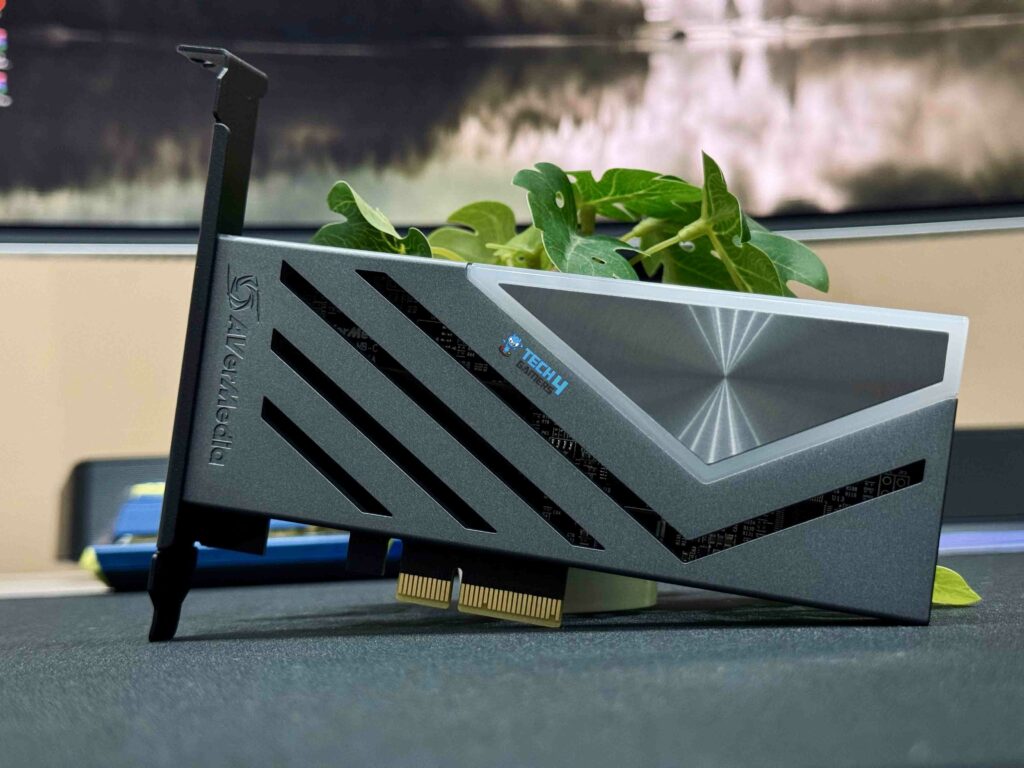
The AVerMedia Live Gamer 4K 2.1 design perfectly blends modern minimalism and slick gaming aesthetics. It looks very high-end and keeps its internal components cool thanks to the gray metal shell that surrounds it on all sides. The AVerMedia Live Gamer 4K 2.1 has an RGB lighting system, similar to any other product designed for gaming.
Light is diffused and made more beautiful by covering the RGB LEDs with milky white plastic. Of course, you can change the effects and colors. You can do this under the AVerMedia Gaming Utility’s RGB Control section. Here, you can choose specific colors and effects or integrate them with third-party RGB light ecosystems like MSI Mystic Light or ASRock Polychrome Sync.
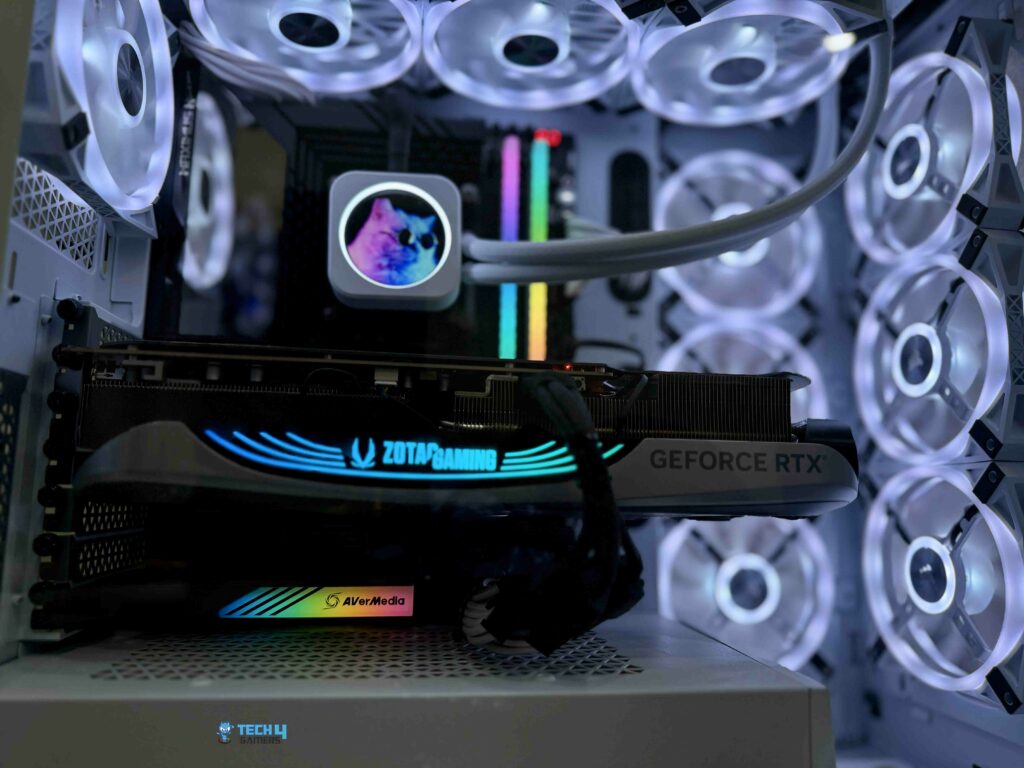
Once installed, this is the card’s appearance in the system. There will be no need to tangle with power cords since it gets every watt of power it needs from the PCIe slot. Using the Live Gamer 4K 2.1 instead of the external version of AVerMedia’s card has several benefits, including the evident reduction of cable clutter.
Installing it on most computers is a breeze because of its small, single-slot design. This card is completely plug-and-play, thanks to its driverless support. Even though it is small, it has an eye-catching appearance when lit up. The card’s 121 x 160.5 x 21.5 mm dimensions make it exceptionally compact, helping it fit into even the tiniest capture rigs. This allows you to build up your system exactly as you want.
Setting Up
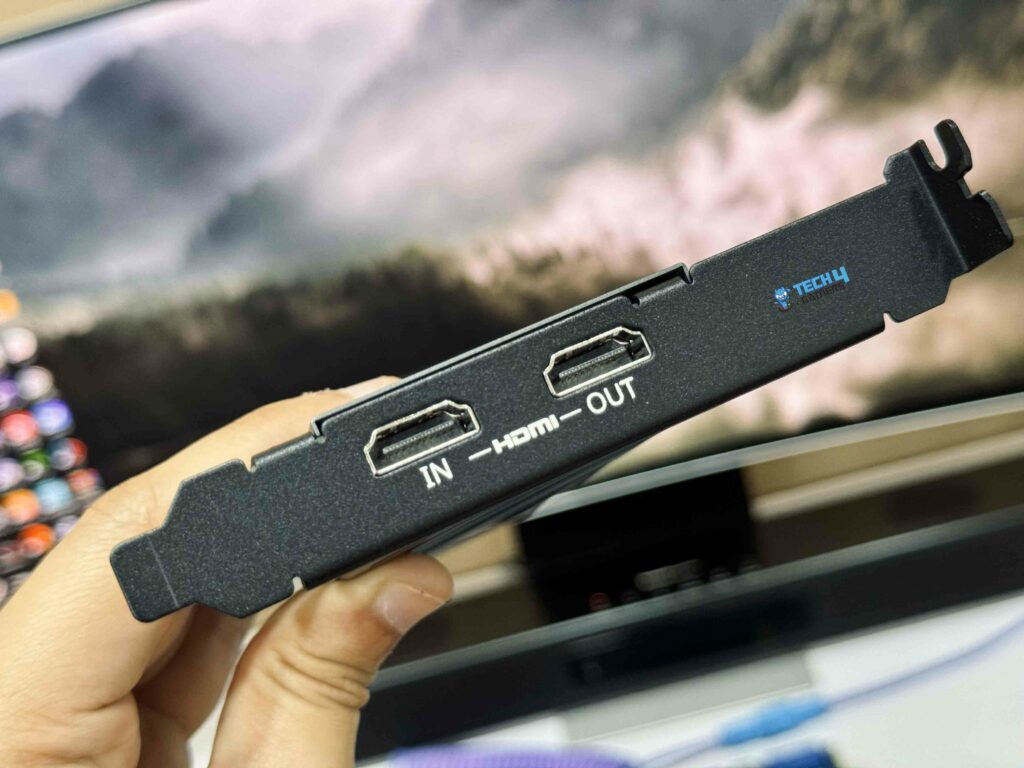
Most users should have no trouble installing Live Gamer 4K 2.1 and getting it to work by recording footage because of how simple the setup process is. Simply inserting the card into your computer and setting up your preferred capture program should do the trick. The PCI Express Gen 3 x4 interface connects the card with the system. An HDMI 2.1 input and an HDMI 2.1 output are located on the front panel. Connect your source device, such as a game PC or console, to the HDMI 2.1 input, and your display will receive the signal.
If you’re gaming and streaming on the same machine, you can connect your graphics card’s HDMI output directly to the capture card’s input. It will act like you have connected a second monitor to your PC. Thanks to AVerMedia’s easy setup process, the setup takes no more than five minutes. Speaking from my experience, the AVerMedia Live Gamer 4K 2.1 is among the simplest capture cards I’ve ever installed since it doesn’t need additional drivers.
Capture Quality
The card uses the same Realtek RTD2801VPF SoC for processing and decoding as the AVerMedia Live Gamer Ultra 2.1 GC553G2 capture box. With a transfer throughput of up to 32 Gbps, more than three times that of 10 Gbps, USB-C PCI Express Gen 3 x4 provides higher bandwidth, which is the primary potential advantage of moving to this interface instead.
I used the card to record various gameplay from the PlayStation 5, and I performed capturing tests with many games at 4K60 HDR and 1440p120 VRR without any problems on my PC. During my tests, I did not notice any lag or choppy performance. The card never stutters or drops frames, even during lengthy recording sessions. This kind of reliability and consistency is evidence of the strong hardware that AVerMedia has created, which is something I really like about the company.
To put it simply, the video capture quality is superb. Many capture cards suffer from compression artifacts, but this one keeps all of the small details preserved in its crisp, colorful video. Thanks to the HDMI 2.1 standard’s flexibility, there is no more screen tearing, stuttering, or reduced capture quality. This includes variable refresh rates, faster refresh rates, and 4K60.
Software
The official software package includes three Windows utilities: AVerMedia RECentral 4, AVerMedia Assist Central, and AVerMedia Gaming Utility. Software like AVerMedia Assist Central will notify you when firmware updates are available and then download and install them, as will the Gaming Utility.
AVerMedia has included its Gaming Utility software to manage the Live Gamer 4K 2.1. The software provides useful information on the capture card, including the input signal’s resolution, framerate, and audio status. It also allows you to upgrade the firmware and manage the RGB effects. Moreover, you can change the lights’ color, pattern, and intensity on a zone-by-zone basis.
Moreover, you can coordinate lighting effects alongside other components of your build or match their aesthetics. Although it isn’t completely necessary, it’s nice that AVerMedia provides options to maximize your card’s aesthetics, even if this specific feature is more for show than functionality. Moreover, in the unlikely scenario where any problems emerge with the capture card, this handy utility can be used for troubleshooting purposes.
Like other well-known streaming and recording programs, AVerMedia RECentral 4 is essentially a simplified version of Streamlabs, OBS Studio, and many others. It will walk you through the basics without overwhelming you with questions and even lets you create different scenes for the live broadcast. However, if you want to do anything greater than that, you must get familiar with OBS.
Performance
The internal Live Gamer 4K 2.1 and the external Live Gamer Ultra 2.1 offer exactly the same passthrough and recording resolutions. To those whose motherboards lack a 10 Gbps USB-C connector, the AVerMedia Live Gamer 4K 2.1 GC575 could potentially be seen as an internal substitute for the GC553G2.
With the Live Gamer 4K 2.1 passthrough, you can use any of the most popular HDMI 2.1 display modes for gaming. Your GPU can send unaffected 4K144, 1440p240, and 1080p360 HDR data to your display. Also, it works well with different refresh rates to play low-latency games without tearing. To facilitate the use of various inputs and sources, the card supports a number of HDR video formats, including YUY2, RGB24, NV12, and P010.
A new standard in PCIe capture cards.
The passthrough performed as expected when I tested it with a 4K 120Hz screen. The transfer of VRR, chroma settings, and HDR tone mapping from the computer to the screen was flawless. Comparing this to a direct connection, I never saw any delay or visual degradation. Now, you do not need to sacrifice your gaming experience for the sake of recording.
Even as I was multitasking on the computer, everything went so smoothly. In my tests, the GPU usage increased by little more than a few percentage points, even while recording heavy 4K60 footage. Thanks to this little opportunity cost, recording in the background won’t slow down your gaming performance, which is great. You can record with multiple programs open on a PC, but if you want your recording to be flawless for whatever you’re doing, it’s better to limit the number of programs you use simultaneously.
Furthermore, compatibility is not a problem, given driverless support. It was also quite compatible with OBS. The only compatibility issue is the requirement for a PCIe 3.0 or 4.0 slot, which can be found on most current desktop motherboards. I wouldn’t recommend working with 4K video unless you have an up-to-date board supporting it.
Should You Buy it?
Buy it if
✅ You Require High-Quality 4K60 HDR Capture: The AVerMedia Live Gamer 4K 2.1 offers exceptional 4K60 HDR capture without compression, ensuring your content retains its visual fidelity.
✅ You Value Low Latency and Reliable Performance: With ultra-low latency and robust hardware, this capture card ensures smooth and consistent recording and streaming, even during long sessions.
✅ You Want a Compact and Aesthetically Pleasing Design: Its sleek, single-slot form factor and customizable RGB lighting make it a stylish and space-saving addition to your setup.
✅ You Need Advanced HDMI 2.1 Features: This card supports a wide range of HDMI 2.1 display modes, including 1440p240 and 4K120/144 with VRR, making it ideal for high-end gaming.
Don’t Buy it if
❌ Your System Lacks a PCIe 3.0 or 4.0 Slot: This capture card requires a modern motherboard with PCIe 3.0 or 4.0 slots. It won’t be compatible with older systems lacking these features.
❌ You’re on a Tight Budget: If your budget is limited, you might find more affordable capture cards that offer sufficient features for your needs without the high cost associated with HDMI 2.1 capabilities.
❌ Your Recording Needs Are Basic: If you don’t need the advanced features provided by HDMI 2.1 and 4K capture, the AVerMedia Live Gamer 4K 2.1 might be more than required, and simpler options could be more cost-effective.
❌ You Don’t Have High-End Gaming Displays: If your gaming setup doesn’t include high-resolution or high-refresh-rate displays that benefit from HDMI 2.1, the extra features of this card might be unnecessary.
Final Verdict
This capture card amazed me throughout testing and performed well overall. Regarding high-end HDMI 2.1 gaming, the Live Gamer 4K 2.1 provides outstanding, no-compromise 4K60 HDR gameplay capture and pass-through. Its higher level of quality and extensive format compatibility make it a better card than prior generations. Installing and using it is a breeze because of its compact design and self-regulating experience.
It appears to be built for content creators who would rather start to work than waste time tinkering with software. There are a few alternatives in space, but AVerMedia has jumped into the fray with Live Gamer 4K 2.1, a card that works flawlessly with the newest consoles without sacrificing performance or user-friendliness. I have no doubt that these competing manufacturers will eventually catch up, but the Live Gamer 4K 2.1 is your best bet for an internal card that meets all the current criteria.
Thank you! Please share your positive feedback. 🔋
How could we improve this post? Please Help us. 😔
[Hardware Reviewer]
After many years of exploiting various pieces of hardware, Abdul Hannan now serves as an editor at Tech4Gamers. He’s been in the PC hardware reviewing industry for almost a decade, and his staff of passionate geeks and reviewers is second to none.
Abdul Hannan is constantly seeking new methods, you will always see him running into New Computer Courses to improve the performance of his computer components since he is an ardent overclocker. He is well-known for providing the most extensive and unbiased analysis of the newest and greatest hardware for PC gaming, including everything from GPUs to PSUs.


 Threads
Threads
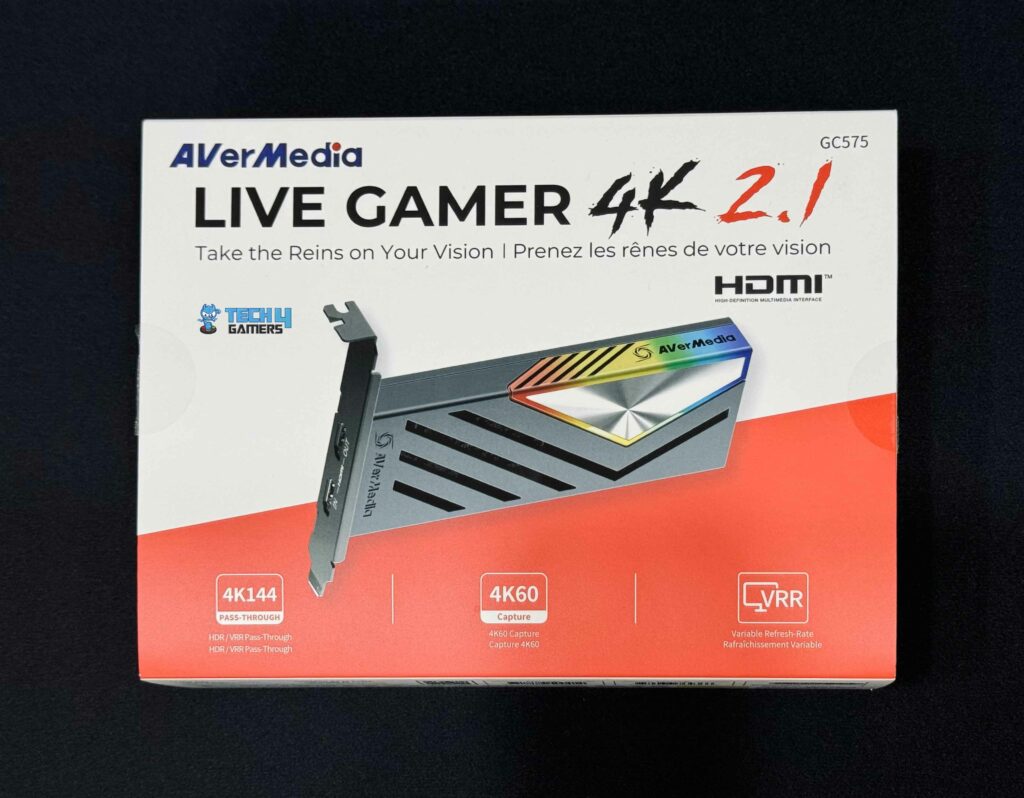
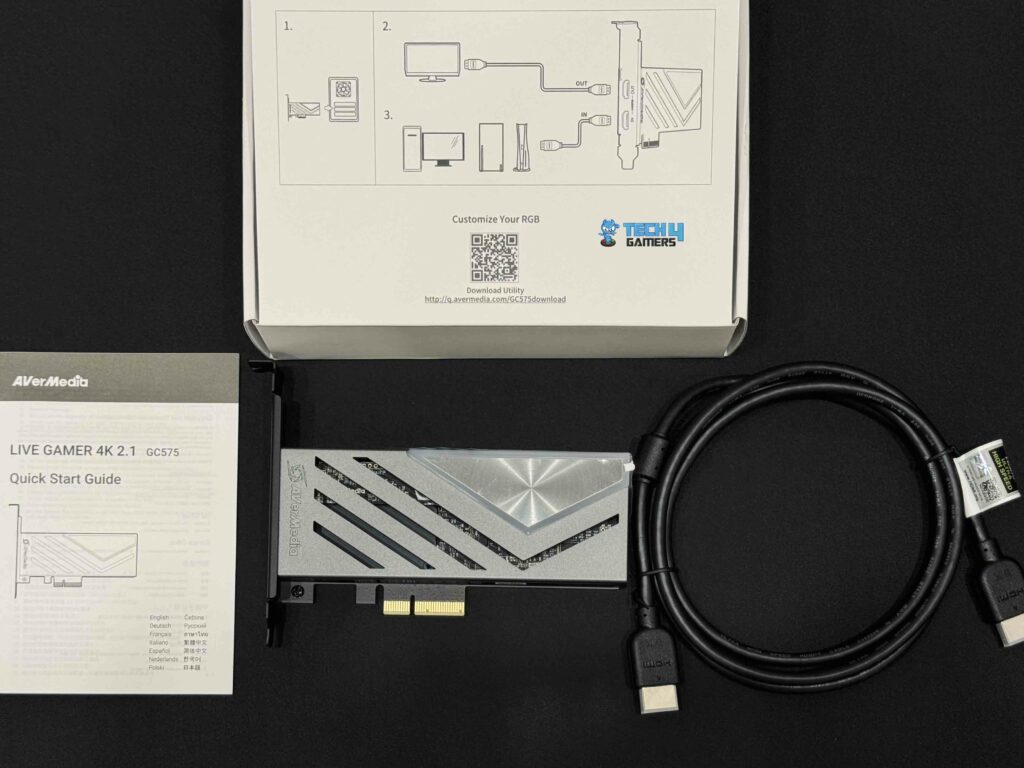
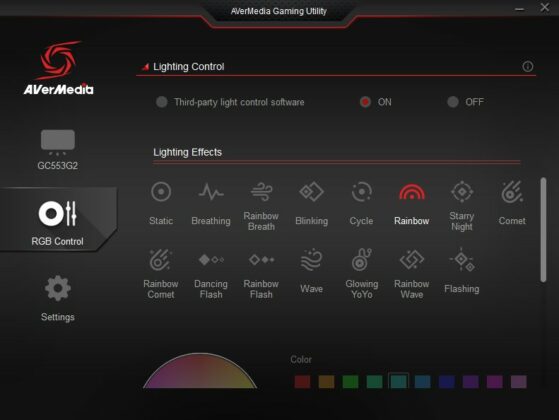
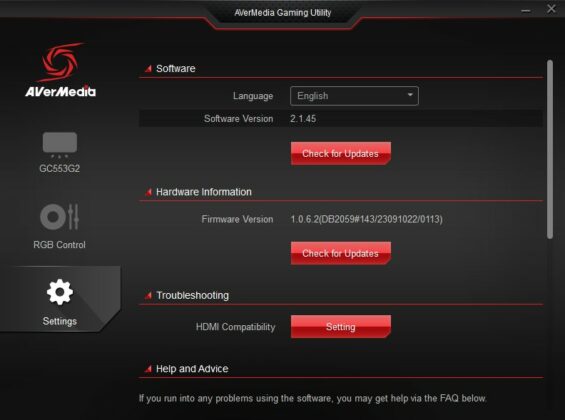
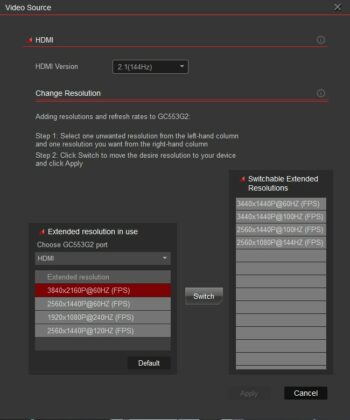




![Corsair Dark Core RGB Pro Review [Hands-On] Corsair Dark Core RGB Pro - 9 Separate RGB Zones](https://tech4gamers.com/wp-content/uploads/2023/04/Corsair-Dark-Core-RGB-Pro-9-Separate-RGB-Zones.jpg)